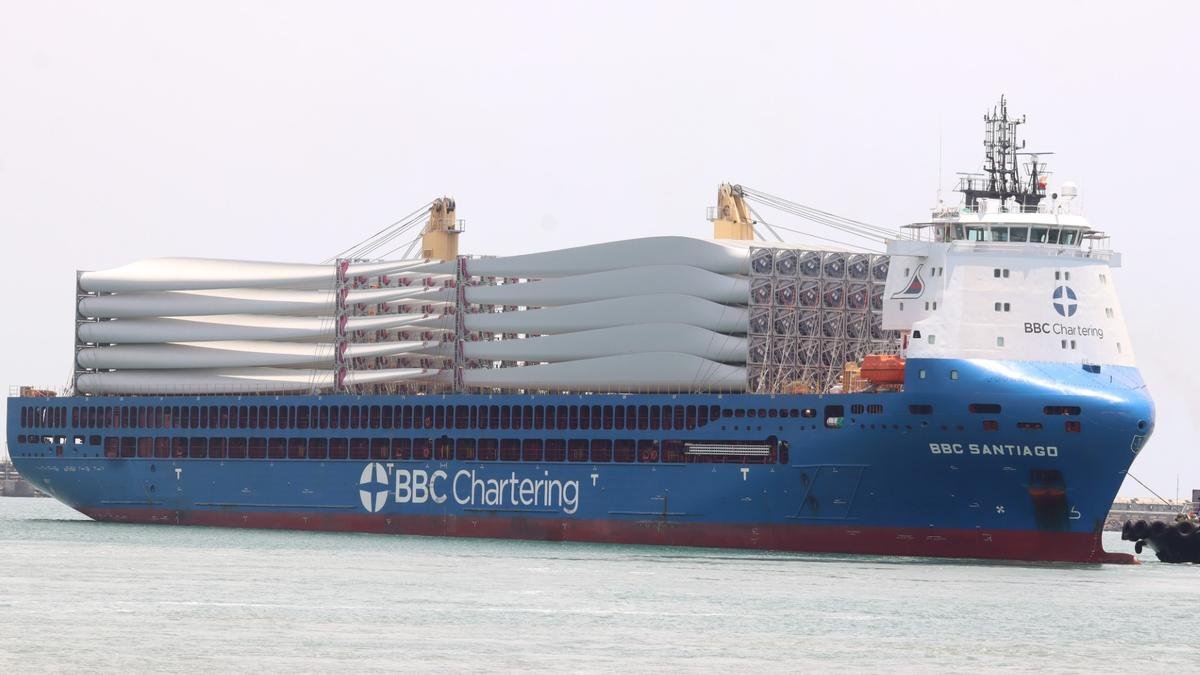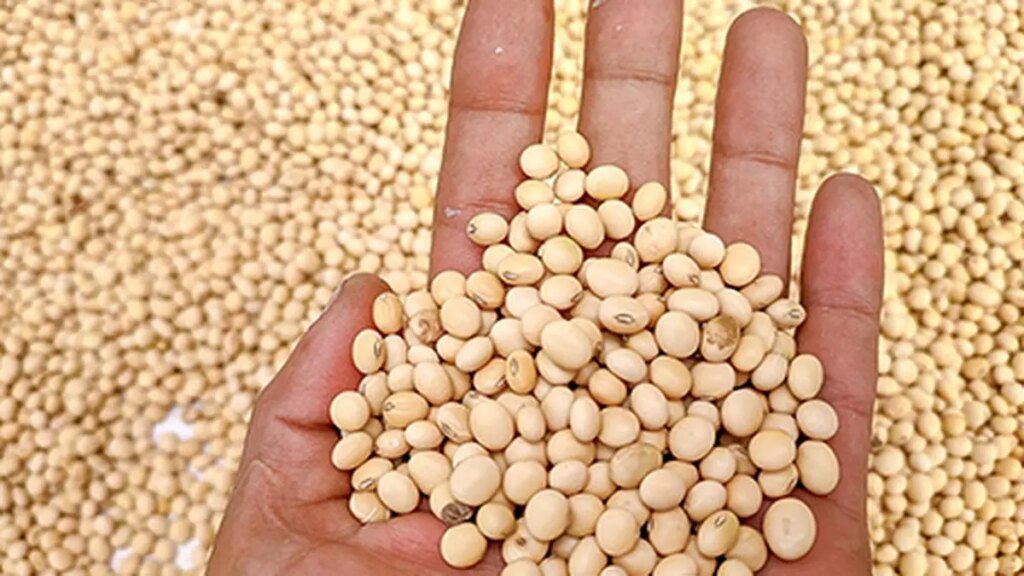US tariffs and security probe threaten Tamil Nadu’s windmill blade exports


Windmill blades in ship for exports at VOC Port in Thoothukudi
| Photo Credit:
Supplied
At a time when export of windmill blades and accessories to the US were seeing an uptick from Tamil Nadu, there is now a twin blow for the sector. The additional 25 per cent tariff on Indian goods, effective from Wednesday, coupled with the US Commerce Department’s national security investigation into the import of wind turbines and components last week, is likely to affect ‘blade’ shipping from the State, according to sources.
Tamil Nadu, a major hub for wind energy manufacturing, has seen significant export activity in wind mill blades and accessories from the southern ports of Chennai and VOC in Thoothukudi.
Exporters warn of cost hikes, US buyers may shift to Vietnam
“We are completely in the dark. We don’t know what to do. We despatched the blades to the US as much as possible to avoid the additional tariff. However, we cannot escape now. We don’t know what will be the outcome of the investigation,” said a windmill blade exporter in Thoothukudi
An official from a large shipping company in Thoothukudi stated that a 50 per cent tariff would significantly increase the cost of Indian windmill blades and components in the US market. For example, if a blade currently costs $100,000, an additional $50,000 tariff would increase its price to $150,000, reducing competitiveness against countries with lower tariffs (e.g., Vietnam at 20 per cent or Thailand at 19 per cent). Vietnam is becoming a competitive manufacturer of windmill blades and components, he added.
US buyers might shift to alternative suppliers like Vietnam, China or Europe with lower tariff rates, potentially cutting India’s wind energy export share. Tamil Nadu’s recent export growth could stall unless mitigated by trade negotiations or government support, he said. “For us, wind mill blade is the anchor commodity,” he said.
Global majors, MSMEs anchor State’s wind ecosystem
Major players, such as Vestas, Nordex, and Siemens, already have their manufacturing facilities established in the State. Also, there are many MSMEs in Trichy, Coimbatore, Erode and Chennai, who support these OEMs to manufacture non-critical components, Edwin Samuel, founder and CEO of Thoothukudi-based Pearl Shipping, the stevedores for the ship, told businessline.
Some of the companies contacted by businessline declined to comment.
VOC Port sees record blade shipments despite looming risks
In the last two years, 729 windmill blades and 4,381 windmill accessories, including towers and generators, were exported from the VOC port. In July, the port handled 343 windmill blades, a 90 per cent increase from the previous year. The shipment had a record 101 blades to the US on a single ship, he said.
There are about 300-400 wind mill blades stored inside port premises for export to various countries including US and Europe. Almost 40-50 per cent of exports go to the US every month. Windmill blades and components handling is very crucial for the VOC port, he added.
Experts flag 50% tariff impact; Section 232 probe adds uncertainty
Karthick Jonagadla, Founder of Quantace Research, said the US now charges a 50 per cent tariff on the steel/aluminium content of wind turbines and parts (from August 19) and has started a Section 232 national-security probe. Windmill towers have been heavily steel-dependent and have been subject to US AD/CVD since 2021. Adding the 50 per cent content duty makes US shipments uneconomical. The blades are mostly composites and will have minimal direct impact. Nacelles/drivetrains/electricals have mixed metal content, so partial exposure, he said.
Last week, the US Department said it was adding wind turbines to a list of products that will face 50 per cent tariffs on the aluminium and steel content. The “Section 232” investigation, which was opened on August 13 but not made public until now, could be used as a basis for even higher tariffs on imported wind turbines, according to global media reports.
India supplied around 15 per cent of the US wind-equipment import value in 2023. Some revenue is at risk, but it’s not system-level. The bigger risk is indirect. The US projects could slip, buyers may renegotiate, and stock may be rerouted. Offsets exist: Indian capacity can pivot to Europe, APAC and LatAm, and India’s localisation drive (blades, towers, gearboxes, generators) should support utilisation, he said.
Published on August 26, 2025



